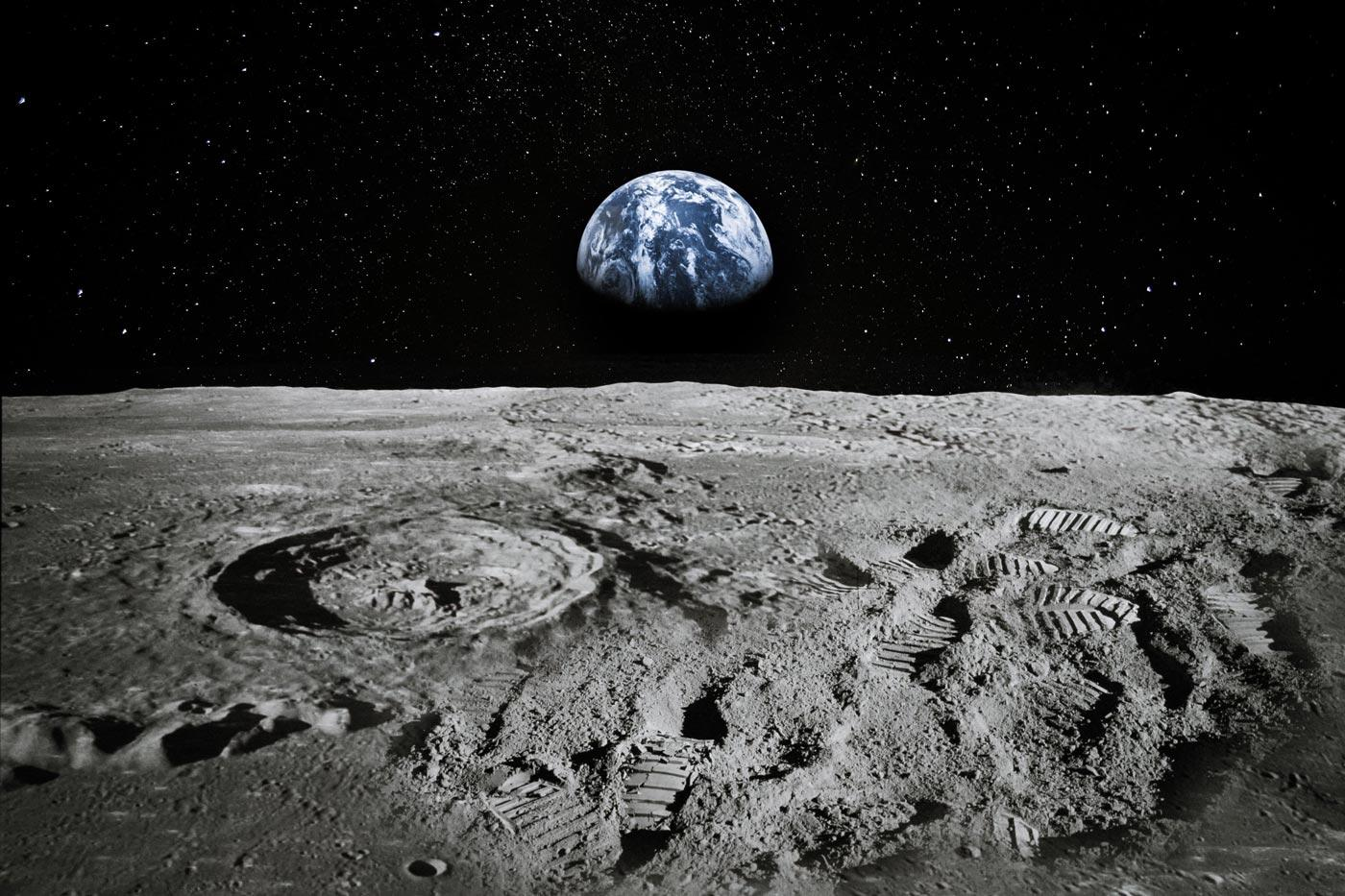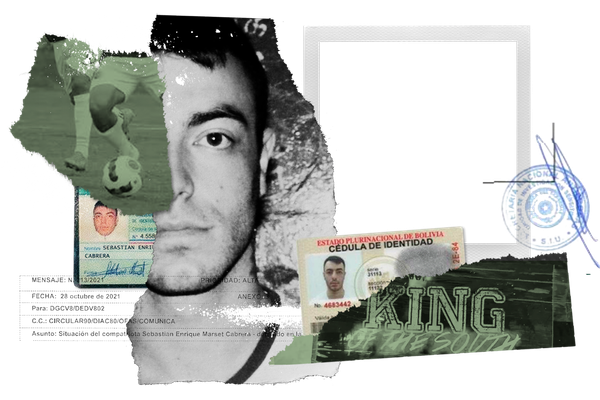What time is it on the Moon?

The Moon doesn’t currently have an independent time. Each lunar mission uses its own timescale that is linked, through its handlers on Earth, to coordinated universal time, or UTc — the standard against which the planet’s clocks are set. But this method is relatively imprecise and spacecraft exploring the Moon don’t synchronize the time with each other. The approach works when the Moon hosts a handful of independent missions, but it will be a problem when there are multiple craft working together. Space agencies will also want to track them using satellite navigation, which relies on precise timing signals. It’s not obvious what form a universal lunar time would take. Clocks on Earth and the Moon naturally tick at different speeds, because of the differing gravitational fields of the two bodies. Official lunar time could be based on a clock system designed to synchronize with UTC, or it could be independent of Earth time.
Napoleon and his traveling library
From a Sacramento newspaper in 1885 (via Austin Kleon's blog): "Many of Napoleon’s biographers have mentioned that he used to carry a number of favorite books wherever he went, but it is not generally known that he made several plans for the construction of portable libraries. Some interesting information on this is given us by M. Louis Barbier of the Louvre Library, who bases his information upon memoirs left by his father, who was Napoleon's librarian. Napoleon used to carry about the books he required in several boxes holding about sixty volumes each. These volumes, which were supplied by a well-known cabinetmaker. They were made of mahogany at first, but as it was found that this was not strong enough for the knocking about they had to sustain, M. Barbier had them made of oak and covered with leather. The inside was lined with green leather or velvet, and the books were bound in morocco."

The mysterious pink house at the top of an abandoned silo in Montreal
Since the fall of 2019, a mysterious installation has been attracting the attention of curious Montrealers. The small pink house atop a tower in the former Canada Malting plant site shines bright above the southwest part of the city, dazzling joggers along the Lachine Canal. The artist or artists responsible for the fresh coat of paint have apparently returned more than once. It was painted in several stages, but the random appearance of green curtains and even a flower box were the ultimate surprise. In the winter, someone even put up a Christmas tree near the house. But who risked life and limb to climb so high for this installation, and what was their intention? It's a question that Steven Quon, one of the owners of the property, has also asked himself. "Let me tell you, the people who did this, they're crazy. I've been up there before. The last 40 feet is with a ladder, outside, and it's high," Quon said. "Even working up there is not easy."

Doctors say a cancer patient developed an ‘uncontrollable’ Irish accent
A cancer patient in the US developed what researchers say was an “uncontrollable Irish accent” during treatment, despite never having been to Ireland nor having immediate relatives from the country. While still rare, cases of foreign accent syndrome (FAS) are more common in patients following strokes or head trauma, or who have psychiatric disorders, according to the experts from North Carolina’s Duke University and the Carolina Urologic Research Center of South Carolina. During research, they could find only two similar cases to the “brogue” that evolved in the unnamed US patient, who was a man in his 50s with metastatic hormone-sensitive prostate cancer. Both other cases occurred in women cancer patients in their 50s and 60s between 2009 and 2011. Researchers said he maintained the Irish accent until his death.

At one point you could rent the entire country of Liechtenstein for $70,000
For several years in the mid-2000s, you could rent the principality of Liechtenstein, one of the world's smallest countries, for $70,000 a night, complete with customised street signs and temporary currency. The price tag included accommodation for 150 people (although the 35,000 inhabitants of the country would remain). Personal touches, such as an individual logo created out of candle wax or a customised medieval procession, were available at an extra, undisclosed cost. Upon arrival in Liechtenstein, visitors would be presented with the symbolic key to the state, followed by a wine tasting at the estate of the head of state, Prince Hans-Adam II. Other options included tobogganing, fireworks and horse-drawn carriage rides through the capital city of Vaduz.

A cockatoo has been named the third species that carries tools for future use
Until recently, humans and chimps stood out among tool-using species. They were considered the only species that used “toolsets”, wherein a collection of different tools is used to achieve a task. They were also thought to be the only animals that carried toolsets, in anticipation of needing them later. A third species joined the exclusive club of toolset makers in 2021, when scientists in Indonesia saw wild Goffin’s cockatoos using three distinct types of tools to extract seeds from fruit. And in research published this week, researchers have shown Goffin’s cockatoos can also take the next leap of logic, by carrying a set of tools they’ll need for a future task. A small number of Goffin’s cockatoos were seen crafting a set of tools designed for three different purposes – wedging, cutting, and spooning – and using them sequentially to access seeds in fruits. This requires similar brain power to a chimp’s method of using multiple tools when fishing for termites.

What a water droplet looks like at 6,000 frames per second
22 tweets from 2022 that might blow your mind:
— Tim Urban (@waitbutwhy) December 27, 2022
Let's start with what a water droplet looks like at 6,000fps.
[nac Image Technology] pic.twitter.com/XrZ9vPXaId

